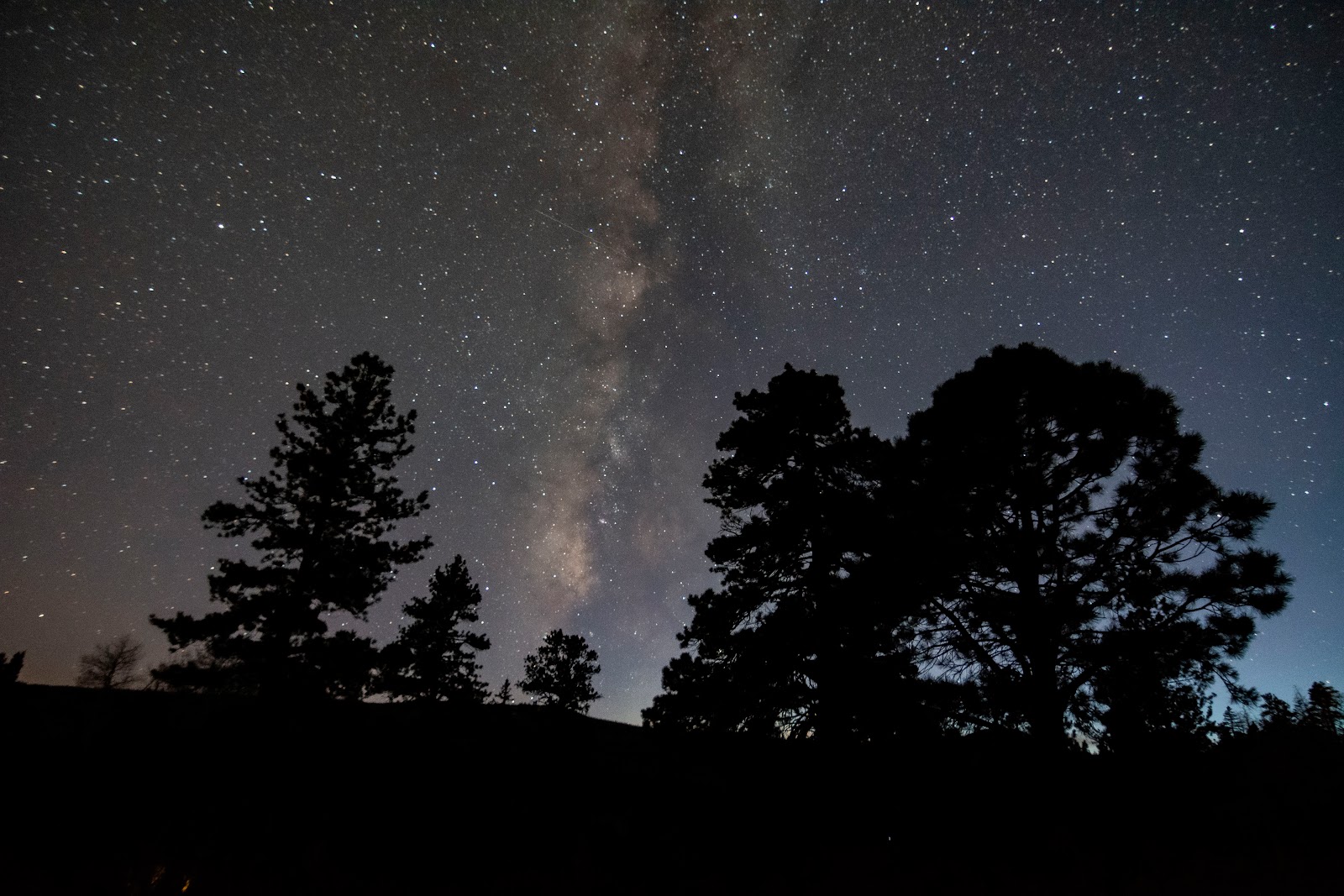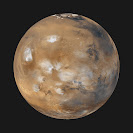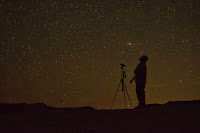Introduction
February was another mixed bag as far as the weather was concerned over much of Utah. Northern Utah experienced temperatures in the 60's and also snowy days. While I'm writing this, snow is on the ground, with a few more storms supposedly arriving this week. The more distant weather reports claim we will experience 60° weather again. The warmer days and nights make being outdoors much more bearable and enjoyable. On those clear nights, I could easily spot Venus as it shone with most incredible brilliance. Moving eastward, Jupiter and Mars were easy to pick out, with bright Orion and Taurus providing the background stars. Of course, the clouds and storms were present on the days and nights I planned to take out my newish scope to image the Sun, Moon, and any DSOs I could find. Maybe March will be a better month!
In the past, March has brought warmer temperatures as well as heavy snow storms. While I do enjoy the heavy snow storms, I am ready for warmer temperatures so I can relish the outdoors. There are a few astronomical events that I am looking forward to during March, and clear skies are a necessity. Early March is a great time to participate in a Messier Marathon. My hope is to travel to southern Utah for warmer weather and clear skies, but due to work conflicts, I will most likely be unable to travel. March also brings the Vernal (Spring) Equinox, which is a great time to view the Zodiacal Light in the west after sunset. There will also be a Total Lunar Eclipse that will be visible over Utah and all of North America. A Partial Solar Eclipse will be visible for those in the eastern part of North America, Greenland, Iceland, and parts of Europe.
Mercury will be found in the west after sunset during the first half of March. This tiny world will approach Venus in our evening sky, with their closest approach falling on the 13th. The Moon will be close by on the first evening of the month, closer to Venus than Mercury. By the 19th, Mercury will slip below the western horizon before the Sun has fully set, being lost from view. It will return in April.
Venus will be the most noticeable object in the sky after sunset during the first three weeks of the month. The earlier in the month an individual observes this planet, the brighter and more prominent it will appear to be. A thin crescent Moon will be close by on the 1st, with Mercury falling closer to the horizon. During the 3rd week of March, Venus lies too close to the Sun to safely view. It quickly returns but will instead be found in the morning sky. Venus will rise about an hour before the Sun during the last week of March, with the Moon again being close by on the 28th.
Mars can be found in Gemini all month, forming an ever-changing triangle with the brightest stars, Castor and Pollux. By April, this trio will create a line in the night sky. Mars is retreating from the Earth and will decrease in magnitude, making it much more difficult to see any surface features on the Red Planet. This should not discourage observers from viewing the planet, however! The reddish color contrasts nicely with the background stars of Gemini. The Moon will be close by on the 9th.
Jupiter will be a great target for observers throughout March. It can easily be seen high in the southwest sky with the stars of Taurus in the background. Aldebaran is close by, but the distance will increase as the month progresses. Observers using binoculars or a telescope can see the Galilean Moons, while the latter can also see the cloud bands and even the Great Red Spot. Several Galilean Moon transits can be viewed throughout the month, so be sure to check out the Moons of Jupiter & Saturn app for Android or JupiterMoons for Apple devices. The Great Red Spot may also be seen at specific times depending on the observers' location, and the resources mentioned above can also be helpful. An observer will need a four-inch (100 mm) or larger telescope to view the transits and the Great Red Spot. The Earth's own moon will pass close to this giant planet on the 5th.
Saturn is trying its hardest to return to our sky but will, unfortunately, be lost from view during March. The ringed planet will grace the sky once again next month.
Uranus can be found approximately 9° below the Pleiades during March. Observers using any optical aid to view the Pleiades should drop down this small amount to be rewarded with the blue-green disk of Uranus. A thin crescent Moon will be tucked nicely between the Pleiades and Uranus on the 4th, being less than 5° away.
Like Saturn, Neptune will be lost from view during March. It can be found in the morning sky late next month.

Zodiacal Light and Lunar Eclipse
Like February, March will be a quiet month for a significant meteor shower. However, the Zodiacal Light will be more prominent in the night sky during this month as we approach the Vernal Equinox. An interested observer will need to travel to a dark-sky site, like the West Desert of Utah, and have a clear view of the western sky without any city lights in the distance. Enjoy the bright planets and constellations as the sky darkens. After sunset and a dark sky, look to the west to see the faint glow. A long exposure image will suck up more light, revealing the wonder of the Zodiacal Light. A moon-free sky will also enhance the view.
The highlight this month will be the Total Lunar Eclipse, which Utahns can enjoy beginning on the 13th at approximately 10:00 PM. By 11:10 PM, the Moon will begin to turn red as it passes through the Earth's shadow. Between 12:30 AM and 1:30 AM on the 14th will be the best part of the eclipse, as the Moon is completely covered by Earth's shadow. I find that trying to image a Total Lunar Eclipse never does it justice. Weather permitting, I will try out my new scope and hope for good results.
 |
Monthly Breakdown
March 01: Moon passes within 6° of Venus
March 01: Moon passes within 2° of Neptune
March 04: Moon passes within 5° of UranusMarch 06: Moon passes within 6° of JupiterMarch 06: First Quarter Moon 🌓March 08: Mercury reaches greatest eastern elongationMarch 08: Moon passes within 2° of MarsMarch 09: Mercury and Venus within 6°March 13: Total Lunar Eclipse beginsMarch 14: Full Moon 🌕March 14: Total Lunar Eclipse endsMarch 20: Vernal EquinoxMarch 22: Last Quarter Moon🌗March 28: Moon passes within 10° of VenusMarch 29: New Moon 🌑March 30: Venus and Saturn within 10°


































